Sinfonia Concertante In Eb Major K. 364
-
Ships in 1 to 2 weeks
Details
Description
SKU: BA.BA04900-90
Composed by Wolfgang Amadeus Mozart. Edited by Christoph Hellmut Mahling. This edition: urtext edition. Stapled. Barenreiter Urtext. Classical Period. Set of performance parts (includes separate pull-out violin & viola parts). With solo parts and piano reduction. K. 364 (320d). 95 pages. Duration 25m. Baerenreiter Verlag #BA04900-90. Published by Baerenreiter Verlag (BA.BA04900-90).ISBN 9790006460250. 9x12 inches. Key: Eb major.
There is no reference to the origin, occasion or a performance of the Sinfonia concertante in E-flat for Violin, Viola and Orchestra, K. 364 (320d) because in all probability it was composed in Salzburg (presumably in summer or early autumn, 1779): Mozart seems to have had no reason to write about it. It was apparently in Paris that he first had the occasion of giving the genre of the"Symphonie concertante"his special attention. On April 5, 1778, he wrote to his father:"Now I shall write a sinfonie concertante for flute wendling, oboe Ramm, Punto horn, and Ritter bassoon".Even more discouraging must have been the fact that he had similar difficulties in Paris in having the works performed as he had in Mannheim. After the organizier of the Concerts spirituels, Le Gros, contrary to his promise, did not include the mentioned"sinfonie concertante"in his program.
Mozart had no reason to compose any more for this genre in Paris. After Mozart's return to Salzburg, he might have been eager to introduce the new genre there, especially since adequate instrumentalists were available. Also the choice of the solo instruments (violin and viola) in the work presented here was probably influenced by the popularity of this instrumental combination in Salzburg at that time.
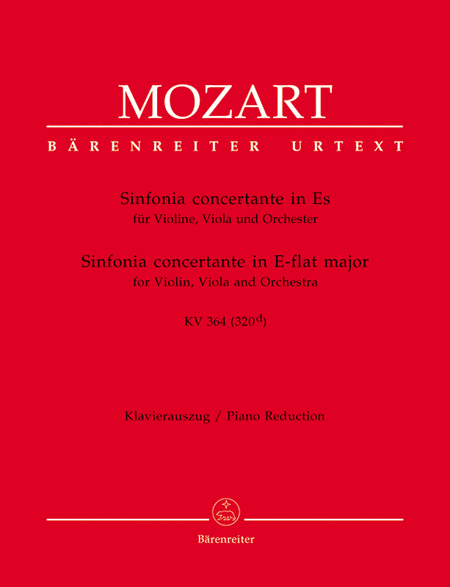
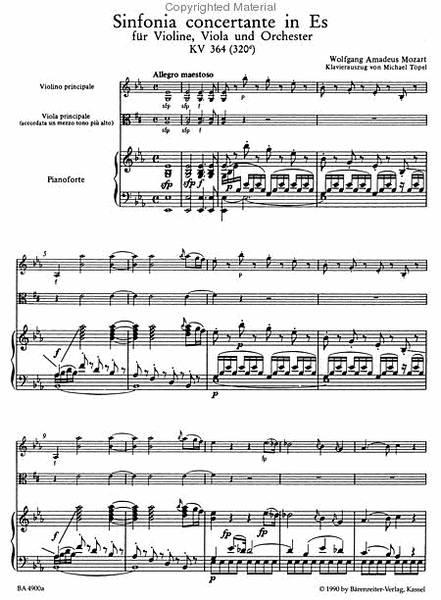
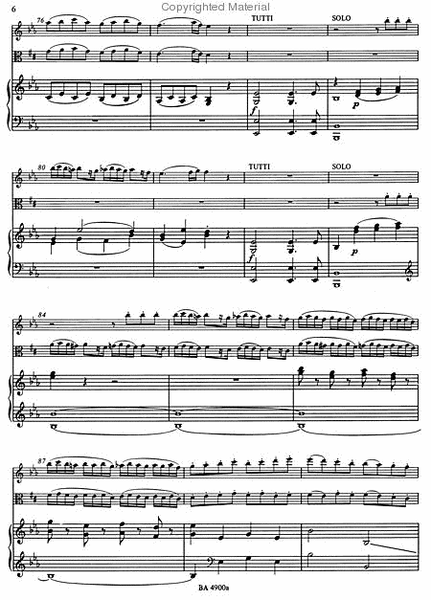
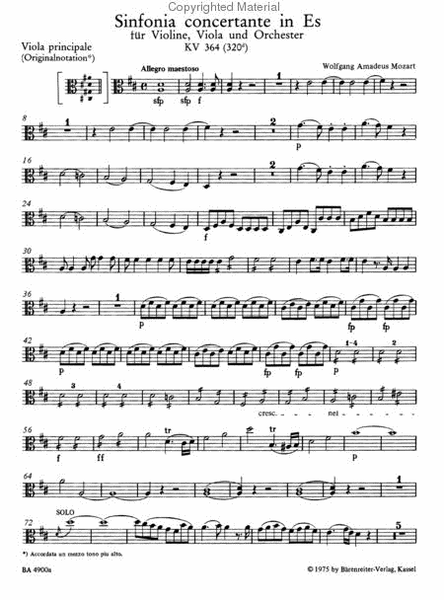
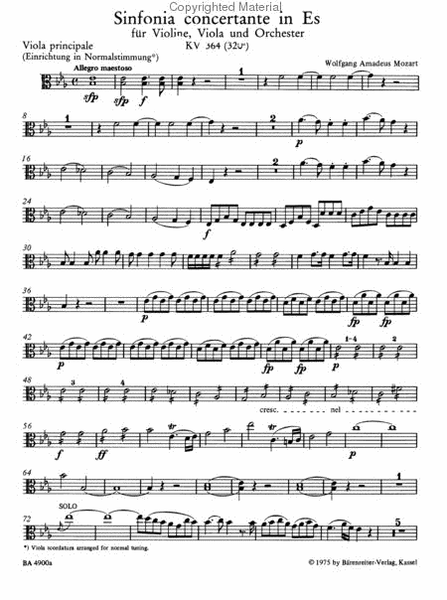
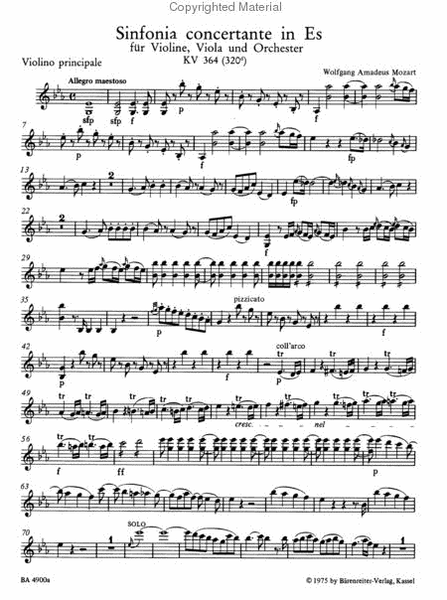
 Share
Share